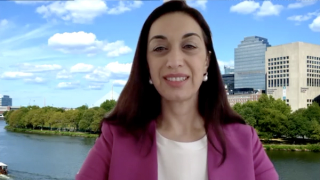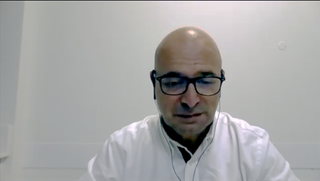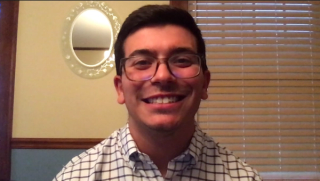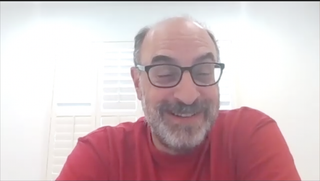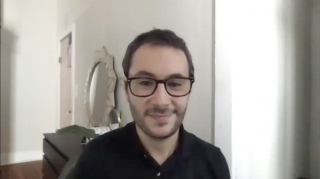
Movement Disorders
Latest News

VY-AADC01 Gene Therapy Demonstrates Safety, Improved Motor Function in Phase 1 Trial
Latest Videos

CME Content
More News
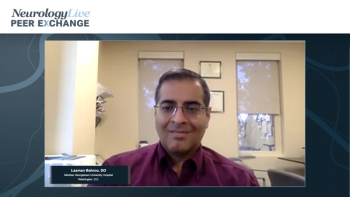
Physicians explain expected versus unexpected OFF episodes and the use of symptom diaries in managing Parkinson’s disease.

Key opinion leaders provide insight on how OFF episodes affect patients’ quality of life.

Here's what is coming soon to NeurologyLive.
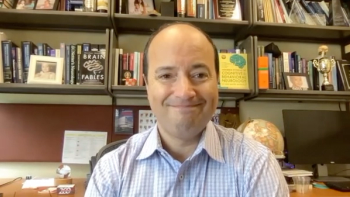
In light of the RISE-PD study data, the research chair for Parkinson’s Disease and Movement Disorders at University of Cincinnati Health offered insight into IPX-203 in Parkinson disease. [WATCH TIME: 3 minutes]

Take 5 minutes to catch up on NeurologyLive's highlights from the week ending October 15, 2021.

The research chair for Parkinson’s Disease and Movement Disorders at University of Cincinnati Health discussed the therapy’s results in a study of its effect on Parkinson disease. [WATCH TIME: 6 minutes]

In the cohort of 14 patients with preoperative impulsive and compulsive behavior burden, 6 patients demonstrated clinically relevant improvement on QUIP-RS, while 1 worsened and 7 remained stable.
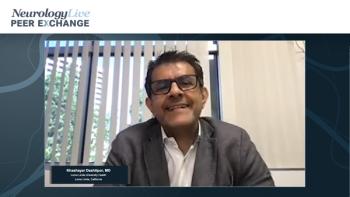
Expert neurologists discuss why OFF episodes happen and how soon they occur after starting levodopa.
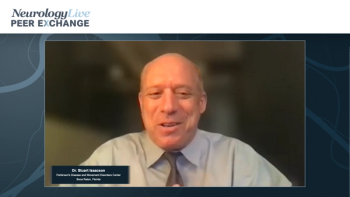
Panelists have a conversation on the definition of OFF episodes in relation to Parkinson’s disease and how common OFF episodes are for patients.
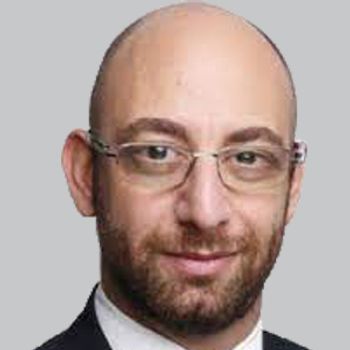
Gennero Pagano, MD, MSc, PhD, expert medical director, Roche, provided thoughts on the investigational agent prasinezumab, overall Parkinson drug development, and MDS Virtual Congress.

Here's what is coming soon to NeurologyLive.
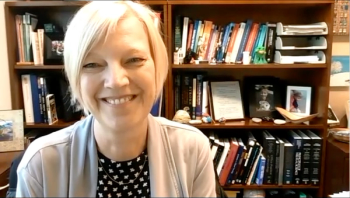
The division chief of vascular neurology at the University of Utah discussed the individual role that clinicians and neurologists can play to increase interest in the field of neurology. [WATCH TIME: 2 minutes]

Take 5 minutes to catch up on NeurologyLive's highlights from the week ending October 8, 2021.
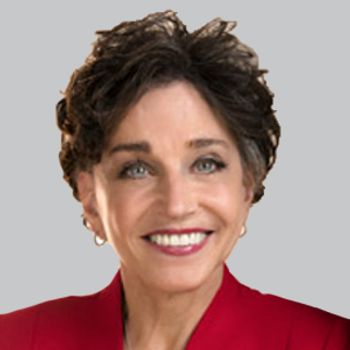
Patients treated in the 10- and 20-mg once daily groups showed statistically significant improvements in UPDRS parts II, III, IV, and in total MDS-UPDRS scores compared with baseline.

The research chair for Parkinson’s Disease and Movement Disorders at University of Cincinnati Health spoke to the current state of treatment for Parkinson disease. [WATCH TIME: 2 minutes]
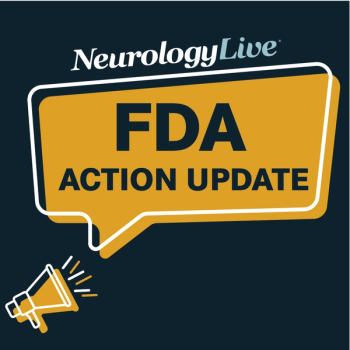
Catch up on any of the neurology news headlines you may have missed over the course of the last month, compiled all into one place by the NeurologyLive team.

The expert medical director at Roche provided context on recently published data, which showed prasinezumab’s positive impact in delaying motor progression in patients with Parkinson disease.

Children with AADC receiving treatment developed motor function and cognitive skills that persisted through up to 10 years of follow-up.

Here's what is coming soon to NeurologyLive.
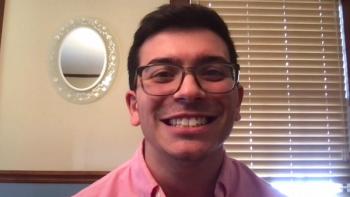
Neurology News Network for the week of October 2, 2021. [WATCH TIME: 4 minutes]

Take 5 minutes to catch up on NeurologyLive's highlights from the week ending October 1, 2021.

The expert medical director at Roche provided detail on results from the phase 2 PASADENA study presented at the 2021 MDS Virtual Congress. [WATCH TIME: 3 minutes]

David R. Lynch, MD, PhD, professor of neurology, University of Pennsylvania Perelman School of Medicine, discussed why omaveloxolone’s recent success speaks to the progress made within the FA treatment space.
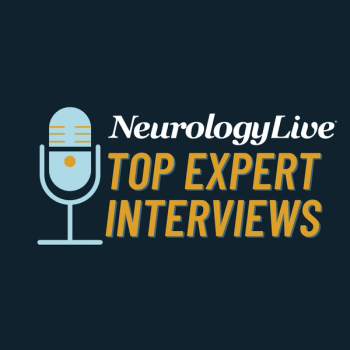
Expert clinicians offer their perspectives on the ongoing shortage of neurologists, transgender and gender-diverse individuals with migraine, artificial intelligence and neuroimaging, Student Sleep Health Week 2021, and the importance of rehabilitation therapy in multiple sclerosis.
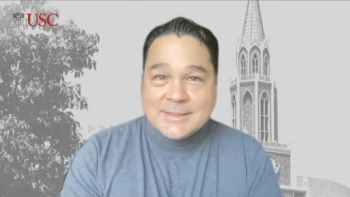
Commenting on recent advances and persistent challenges for these patients, the associate professor of clinical occupational therapy at USC Keck Hospital spoke on the need to increase equity and access to care. [WATCH TIME: 6 minutes]





